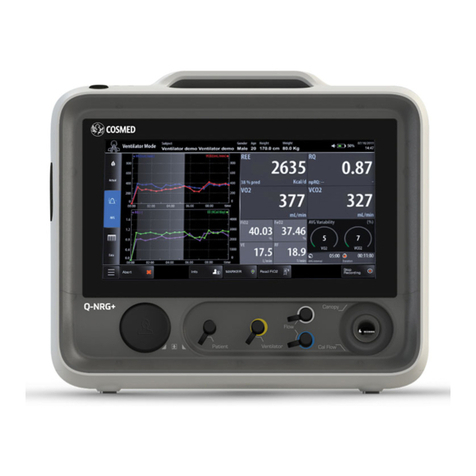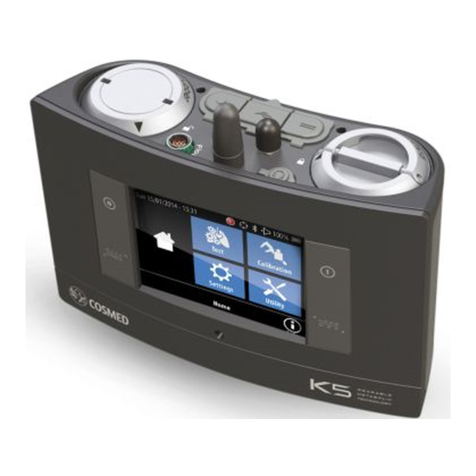
Service Manual Ponygraphic Table of Contents
ii
3.6. Opto Electronic Assembly(C00095-01-05) .................................................................3.7
3.6.1. Function...................................................................................................................3.7
3.6.2. Description...............................................................................................................3.7
3.6.3. Adjustment & checks...............................................................................................3.8
3.6.4. Assembly Drawing (Refer to Section: Schematics & Layouts)................................3.8
3.6.5. Warnings & Indications in Event of Failure..............................................................3.8
3.7. Battery Charger (C00766-01-30) (C00767-01-30)........................................................3.8
3.7.1. Function...................................................................................................................3.8
3.7.2. Description...............................................................................................................3.8
3.7.3. Adjustments & checks .............................................................................................3.8
3.7.4. Assembly Drawing...................................................................................................3.8
3.7.5. Warnings & Indications in Event of Failure..............................................................3.9
4. UNIT MAINTENANCE AND CONSUMABLE REPLACEMENT ...........4.2
4.1. Operator Maintenance Program..................................................................................4.2
4.2. Replacement Schedule ................................................................................................4.2
4.3. Preventive Maintenance...............................................................................................4.4
4.3.1. Necessary tools.......................................................................................................4.4
4.3.2. Charger cable A381-003-202:..........................................................................4.4
4.3.3. RS232 serial cable C00032-01-12: ...................................................................4.4
4.3.4. Turbine C00292-01-05: ....................................................................................4.4
4.3.5. Optoelectronic reader C00095-01-05:...............................................................4.4
4.3.6. Pony graphic unit.....................................................................................................4.4
5. TROUBLESHOOTING ..........................................................................5.2
5.1. Careless mistakes during the use of the system ......................................................5.3
5.1.1. Warning ...................................................................................................................5.3
5.1.2. Tools........................................................................................................................5.3
5.1.3. The system doesn't operate when switched on; .....................................................5.3
5.1.4. The printer doesn't work properly;...........................................................................5.4
5.1.5. The Pony graphic is unable to measure properly flow and volume;........................5.4
5.1.6. The Optoelectronic transducer doesn't work;..........................................................5.4
5.1.7. The batteries cannot be recharged or the green led remains off;...........................5.4
5.1.8. Serial Communication error.....................................................................................5.5
5.1.9. The keyboard doesn't work .....................................................................................5.5
5.1.10. The LCD Display back-light doesn't work............................................................5.5
6. Service Procedures.............................................................................6.2
6.1. Consumable Replacement...........................................................................................6.2
6.1.1. Disassembling the Pony graphic.............................................................................6.2
6.1.2. Replacing the internal Rechargeable batteries .......................................................6.3
6.2. Electronics.....................................................................................................................6.3
6.2.1. Display contrast Adjustment....................................................................................6.3
6.2.2. Flow measurement Check and Calibration .............................................................6.4
6.3. Auto Test Mode.............................................................................................................6.4
6.3.1. Running the Auto-test program ...............................................................................6.4
6.3.2. Operating the interactive Diagnosis Program..........................................................6.5
6.4. Connecting to External Printer....................................................................................6.5
6.4.1. External printer: features and connections..............................................................6.5
6.4.2. Main features of the test report................................................................................6.5
6.4.3. Configuration of the printer......................................................................................6.6

































